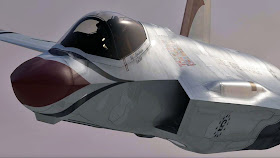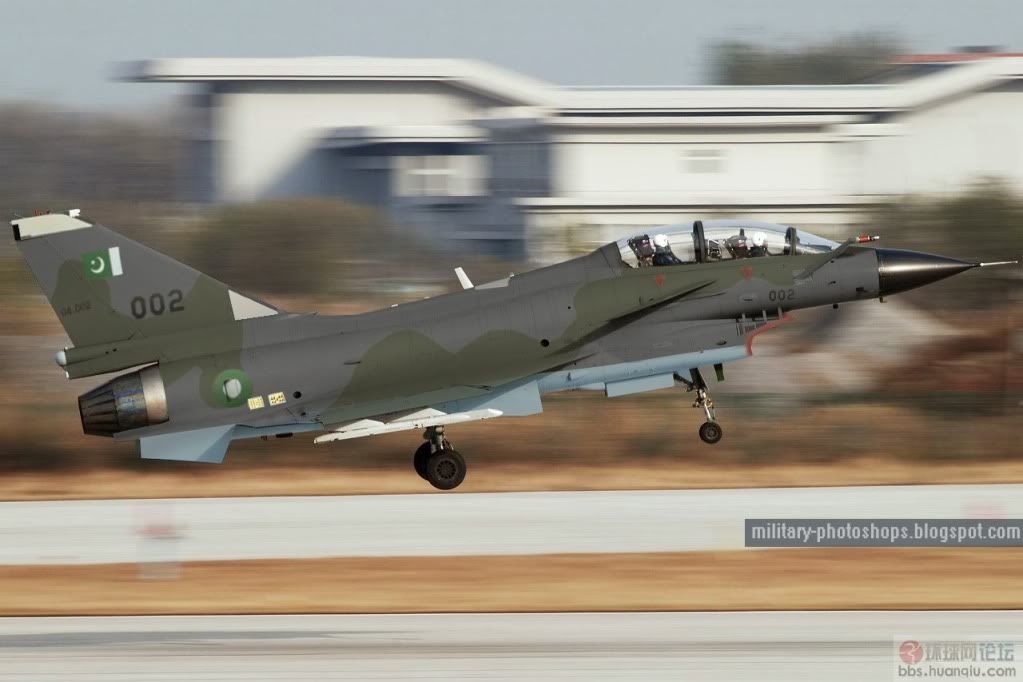Thunder...Thunder.....Thunderbirds :
From 1969 - 2012 , F-4 - to - T-50:
 |
| Thunderbirds cross paths. |
 |
| Flying over home base. Thunderbird feel very happy ! |
 |
| Thunderbirds cross paths again. |
The Thunderbirds started the 1969 training season still in the
F-100Ds, but in the spring of 1969, received the first of the new
McDonnell Douglas F-4E Phantom IIs and began the team’s conversion.
The F-4’s conversion was the most extensive in the team’s history.
Among several other modifications, the paint scheme changed due to the
variations in chemicals, which allows paint used on the F-4 to resist
heat and friction at Mach II speeds. As a result, the white paint base
was developed and remains a part of today’s Thunderbird aircraft design.
In 1974, a spreading fuel crisis inspired a new aircraft for the
team, the T-38A Talon. Although the Talon did not fulfill the
Thunderbirds tradition of flying front-line jet fighters, it did
demonstrate the capabilities of a prominent Air Force aircraft.
Remaining true to its character to showcase the latest advancement in
America’s fighter technology, the first red, white and blue F-16A
assigned to the Thunderbirds was delivered to Nellis AFB on Jun. 22,
1982. Due to the conversion to the new aircraft, there were no official
shows flown in 1982. The team flew the F-16 during the 1983 show
season; making it the team’s ninth aircraft and once again returning to
flying a front-line fighter.
In 1997, the Thunderbirds performed 57 demonstrations for more than
12 million people in the spirit and theme of the Air Force’s 50th
anniversary. The year was memorialized with the Thunderbirds Delta
pictured on the official Air Force 50th Anniversary U.S. Postal stamp.
On Sept. 18, 1997, the United States Postal Service had official
unveilings of the stamp in both the Pentagon and the Thunderbird hangar.
The Thunderbirds made television history in 2003 while celebrating
their 50th Anniversary. The commander/leader started the Coca-Cola 600
by broadcasting live from Thunderbirds No. 1 as he said, “Gentlemen,
start your engines.”
In 2007, the Thunderbirds visited Europe for the first time since
Sept. 11, 2001 with the European Goodwill Tour. The trip included shows
in Poland, Romania, Bulgaria, Italy, France, United Kingdom, and for the
first time in Thunderbirds history, Ireland.
The team took its fifth Far East tour during the 2009 show season.
The team’s tour included visits to Hawaii, Australia, Thailand, Guam,
Malaysia, Japan and Korea. The team performed more than 70 shows in 22
states and Puerto Rico in 2009.
The team’s 58th show season included a stop in Finland for the first
time in 2011. The Thunderbirds traveled across the United States and
Europe, giving people a first-hand look at what their Airmen are
accomplishing around the world every day.
During the 2012 season, the team will spend more than 200 days on the road representing Airmen during its 59th year.
Millions of people have witnessed the Thunderbirds demonstrations,
and in turn, they’ve seen the pride, professionalism and dedication of
hundreds of thousands of Airmen serving at home and abroad. Each year
brings another opportunity for the team to represent those who deserve
the most credit: the everyday, hard-working Airmen voluntarily serving
America and defending freedom..
Now they Fly the Russian Sukhoi T-50 PAKFA. Sources within the US airforce remain tight lipped about the supplier of the 5th gen fighter jet .

























